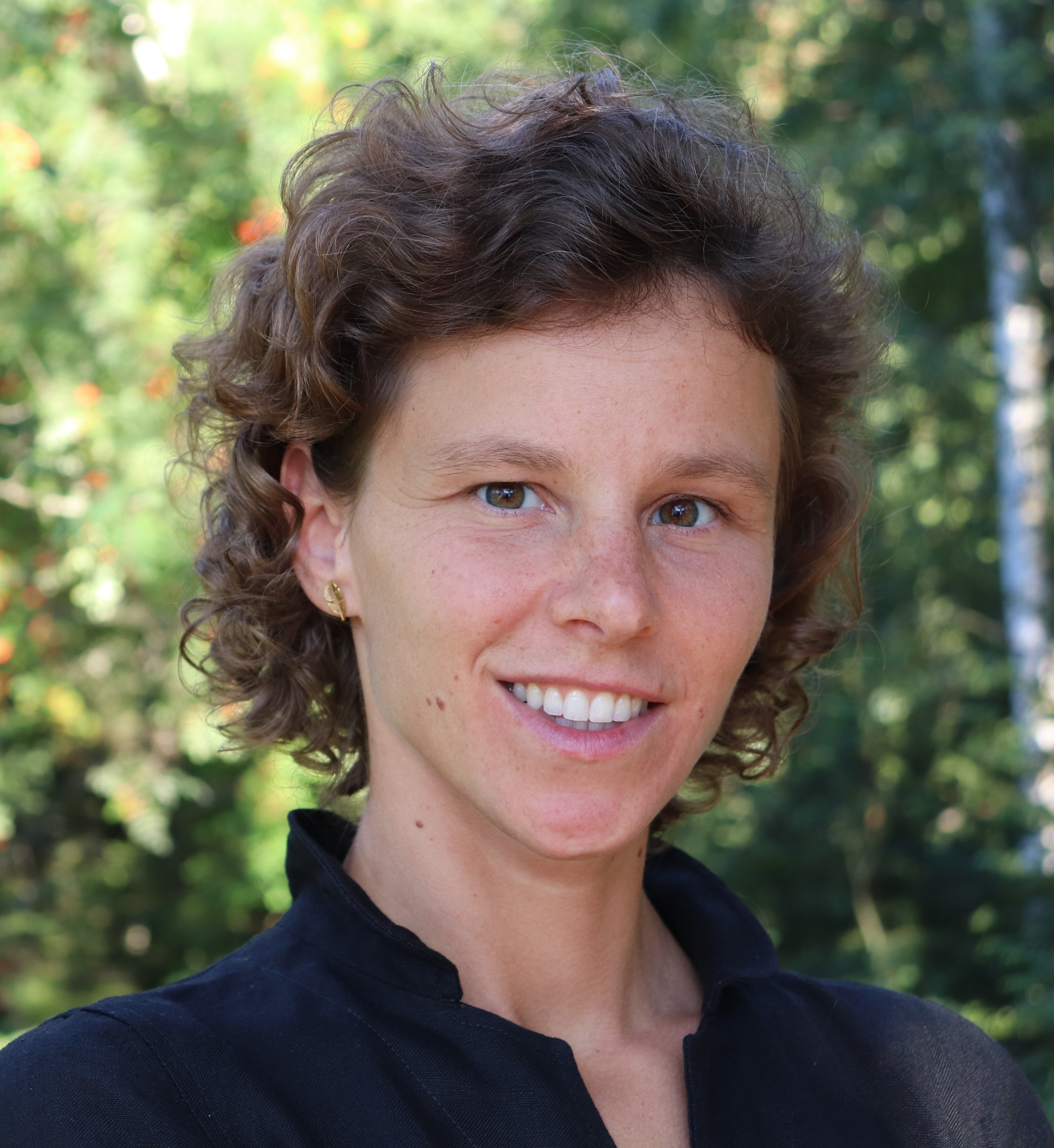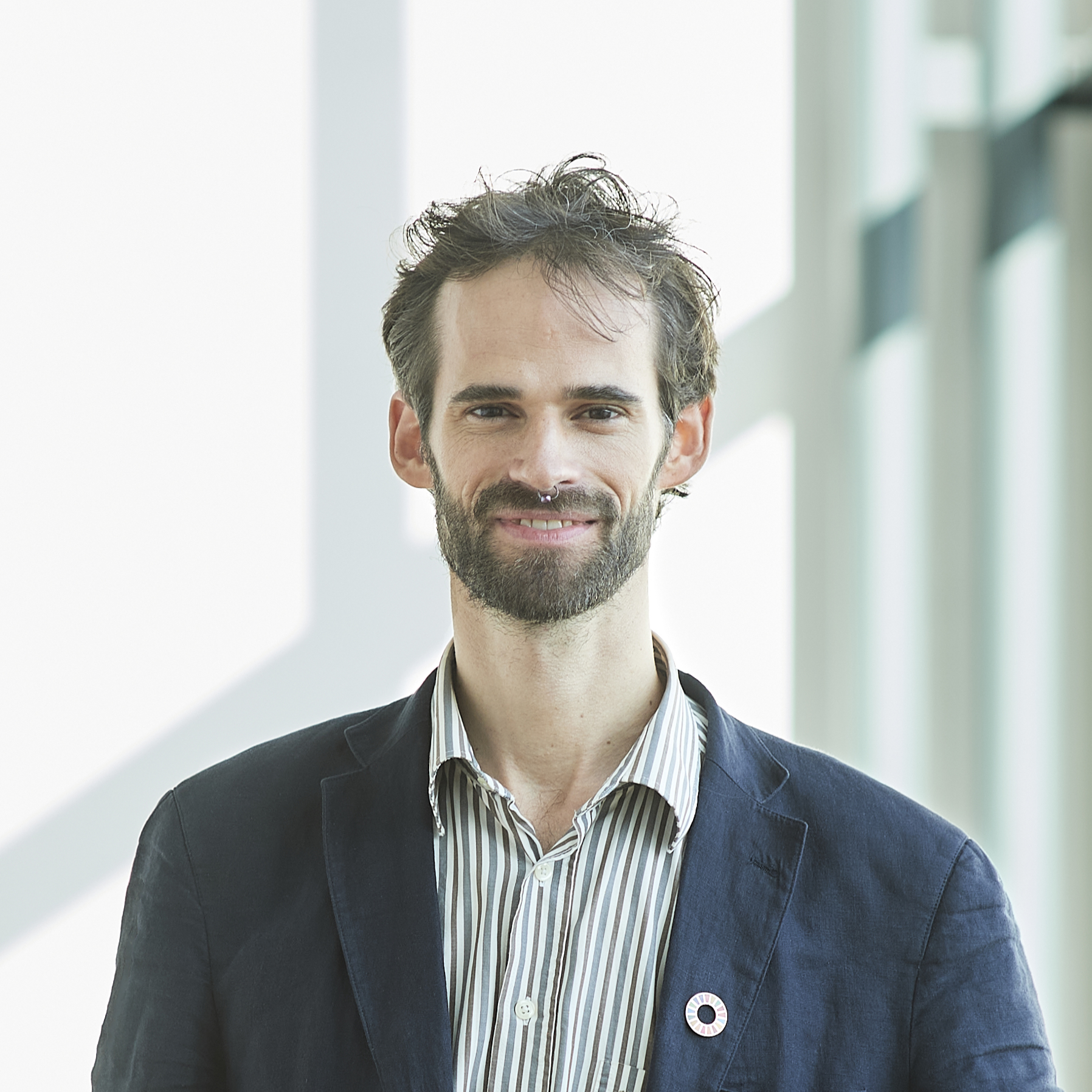Chairpersons' Message
Dear Agrivoltaics Community,
We are delighted to welcome you to the sixth edition of the AgriVoltaics World Conference, taking place in the beautiful and sunny city of Freiburg, Germany, from July 1-3. Under the motto “Challenging Agrivoltaics,” in this year's conference we aim to address both the myriad challenges in the research and implementation of agrivoltaic systems and the idea of critically examining the concept itself. By focusing on pitfalls, problems, and perils of agrivoltaics, we want to engage in open discussions to foster improvements and equip agrivoltaics for the ongoing market launch and future challenges.
Freiburg, known as the cradle of the agrivoltaics idea, is also home to pioneering companies like BayWa r.e and Next2Sun in the sector. Its vibrant research community and commitment to sustainability provide the perfect backdrop for our gathering. We invite you to explore Freiburg’s rich history and natural beauty while engaging with fellow researchers, practitioners, and policymakers.
In alignment with our commitment to sustainability, we are proud to organize this conference in a climate-positive manner, minimizing carbon emissions and offsetting any remaining footprint.
We encourage you to join us in Freiburg as we challenge the status quo, confront the complexities of agrivoltaics, and collectively forge pathways for a sustainable future. Together, let’s unlock the potential of this transformative technology for the benefit of both agriculture and renewable energy.
We look forward to welcoming you to an inspiring and thought-provoking conference!
Warm regards,
Elisabeth Insam & Max Trommsdorff
Chairpersons, AgriVoltaics World Conference 2025
Fraunhofer ISE



